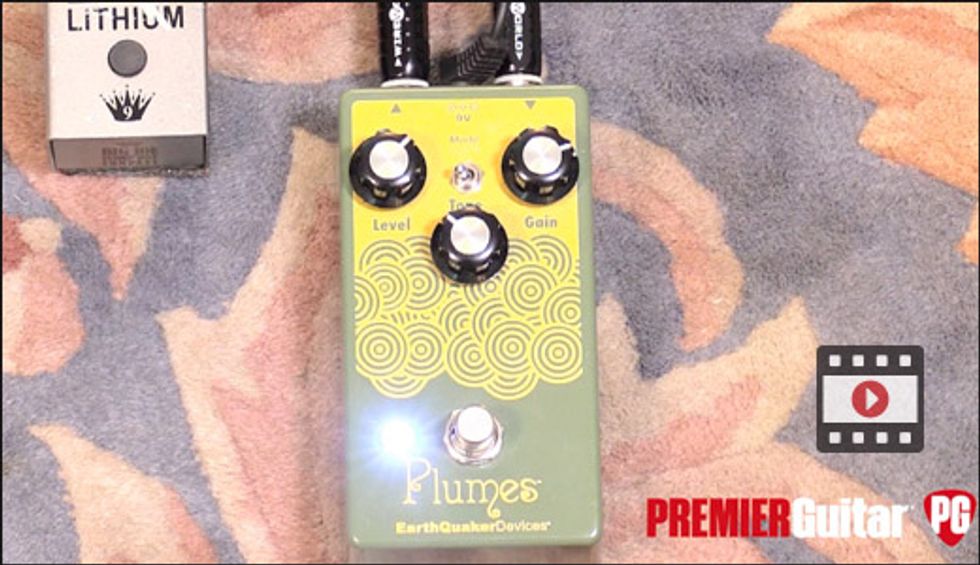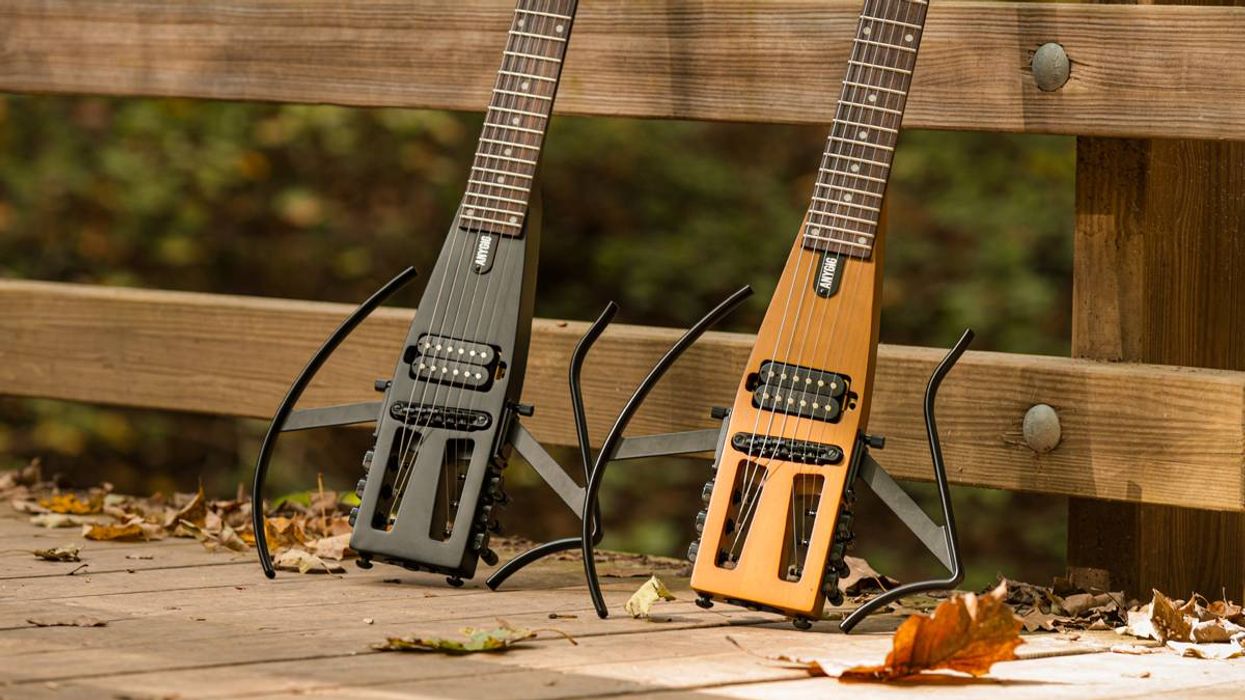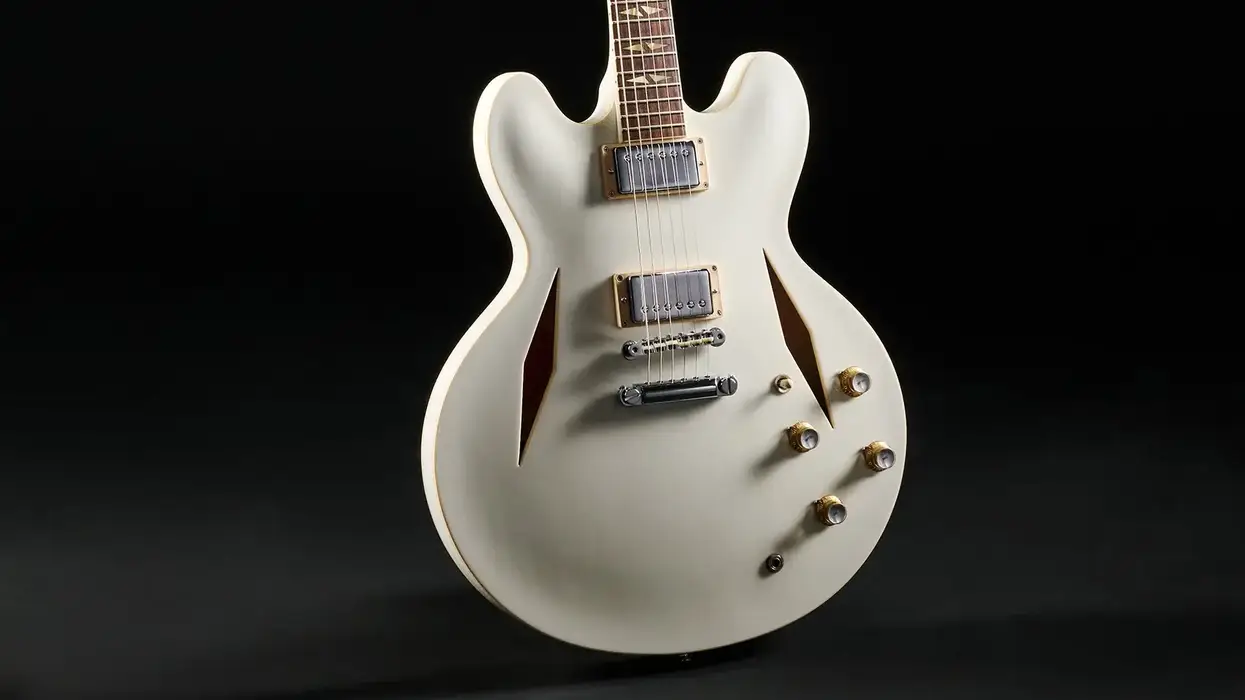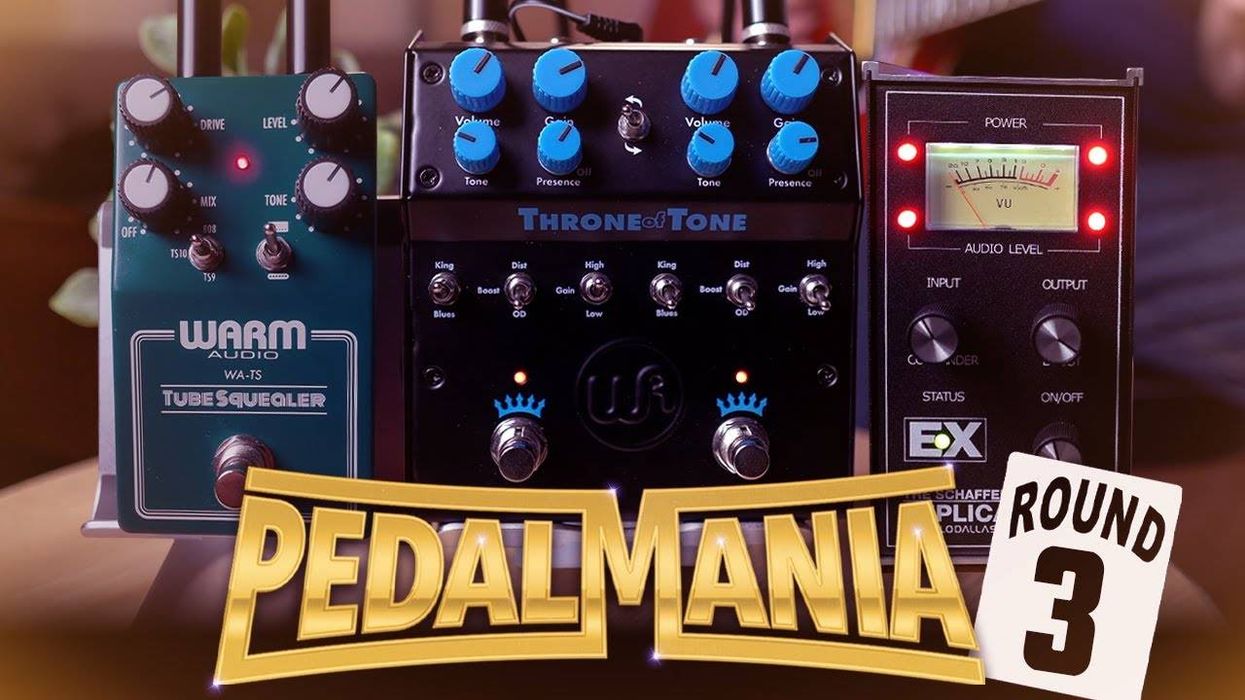First Look: EarthQuaker Devices Plumes
Jamie Stillman and his cast of weirdos take the TS beyond simple screaming.
By John BohlingerAug 03, 2019
John Bohlinger
John Bohlinger is a Nashville-based multi-instrumentalist best known for leading the band on NBC's Nashville Star, serving as music director for the CMT Awards and specials on PBS and GAC, and of course for his appearances in PG Rig Rundown, Review Demo, Axes & Artifacts, and What Bohlinger Plays videos.










![Rig Rundown: AFI [2025]](https://www.premierguitar.com/media-library/youtube.jpg?id=62064741&width=1245&height=700&quality=70&coordinates=0%2C0%2C0%2C0)




